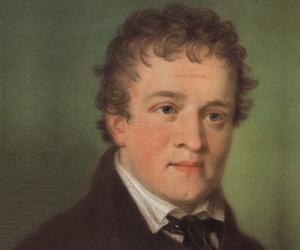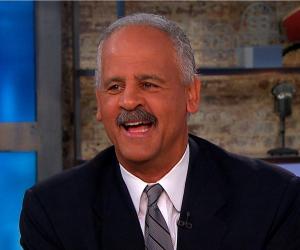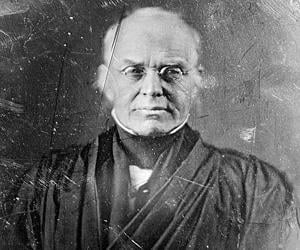Kaspar Hauser
Kaspar Hauser was a young man from Germany who insisted throughout his short life that he had spent almost all his life in the total isolation of a darkened cell. These claims, along with his abrupt death by stabbing when he was 21 years old, led to much debate and controversy. The contemporary theories connected him with the grand ducal House of Baden and speculated that his birth had been shrouded in mystery because it was part of a royal conspiracy. However, these beliefs have been since dismissed by historians. During his lifetime and beyond, many have proposed the notion that he had been a fraud. Hauser was first seen in public in May 1828 in the streets of Nuremberg, Germany. He carried a letter, in which his caretaker had written that the boy wanted to be a cavalryman just like his father. He was about 16 years old at the time. Hauser spent the remainder of life under the guardianship of various people and families. Most of his caretakers noted his penchant for vanity and lying. In December 1833, he passed away after receiving a fatal stab wound. While most modern historians consider him a swindler, one of the most enduring theories about him is that he was the hereditary prince of Baden.









